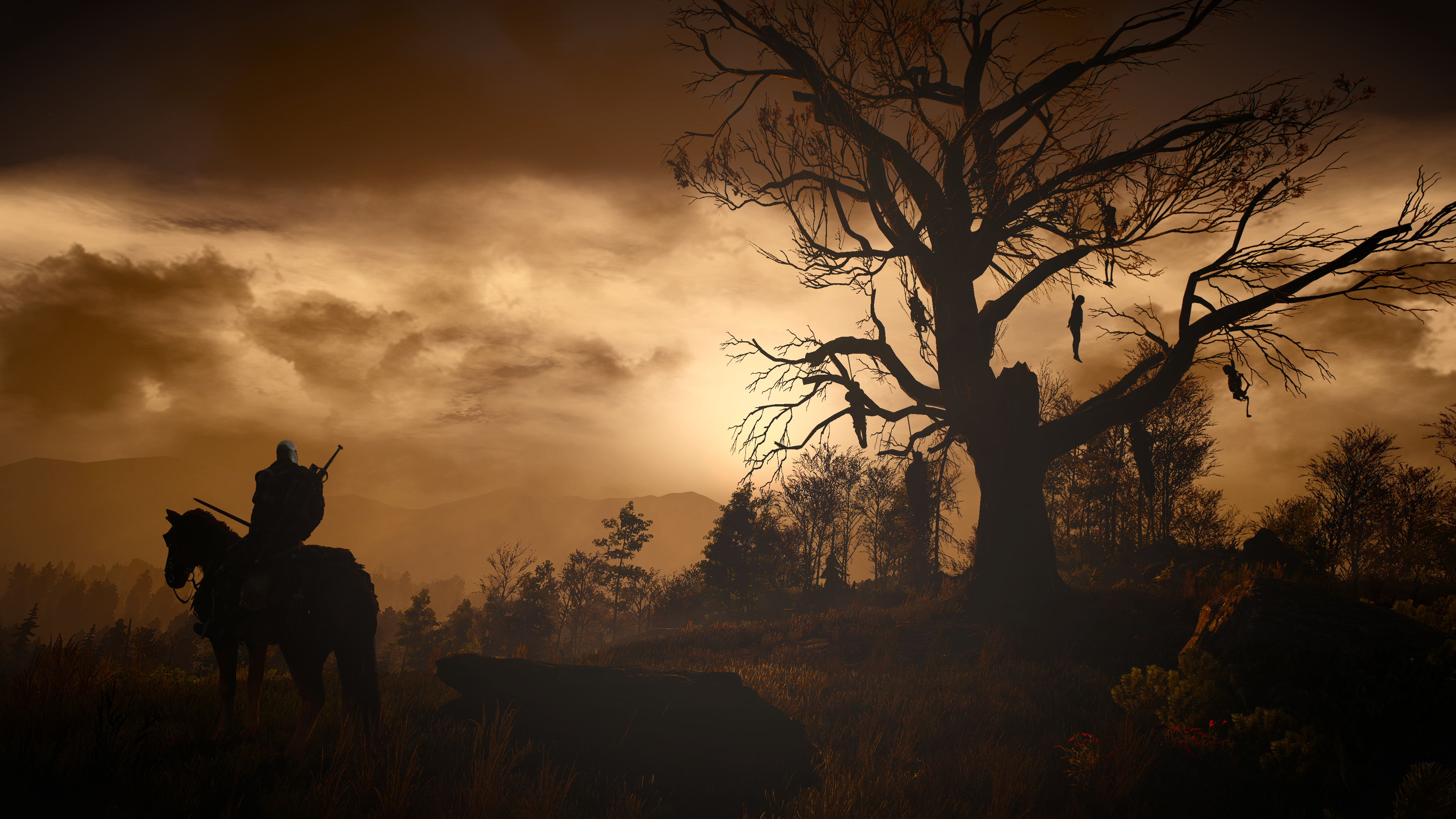This year, Joasia and I returned to Brazil to spend time with her brother and his family. He recently welcomed a baby boy, which was a perfect excuse to go and visit for the holidays. When we visited in 2015, we took Joasia’s parents with us and decided to split off from the group and go for a week eco-tourism in Bonito in the south. We had a great time trekking through the jungle, bathing under waterfalls and swimming down rivers. So much so that we decided to do something like that again.
Upon arrival in Brazil, we took a flight from São Paulo to Lençóis in the middle of the state of Bahia. This is an old mining town of eight thousand people, close to Chapada Diamantina, a national park filled with forests, rivers, caves and waterfalls. We had a spectacular time, doing an excursion each day; some of them easy, and some of them quite challenging.
The challenge was ramped up due to the heat. With it being the start of summer in Brazil, temperatures in Lençóis were expected to go northward of 35 degrees Celsius. This meant breaking several of my own rules in order to prevent me from dying of a heat stroke; wearing shorts and wearing a hat.
The temperature was a big difference with Bonito, which was also warm, but not like Lençóis. Guides sometimes spoke English, and the organisation who organised our excursions made sure that our guides could communicate with us, which made things much easier than in Bonito, where we were often left to other people in our group that could translate for us, which wasn’t always the case.
Another thing which was a significant difference was the poverty; apparently the northern states, like Bahia, are less prosperous than the southern ones, and while in Lençóis itself it wasn’t that apparent, apart from a general “frontier town” feel that lacked basic infrastructure and facilities (like proper waste management), but the poverty ramped up quickly in the (even) more rural parts around the area.
I found that there were many buildings that had been built and simply never finished completely. Building materials scattered around, waiting to be used, sometimes for weeks, months or years. One of our guides, Indio, said that this was often due to funding running out, usually due to a lack of contingency planning, foolish optimism, or misappropriation. For instance, a little, two-storey house with a beautiful façade, which lacked even a roof for the second floor, effectively making it a single-storey house.
Another annoyance which my Teutonic brain couldn’t comprehend was that lots of the dirty roads around the small villages were so poorly maintained that we saw lots of cars changing tires alongside the road due to punctures from the sharp rocks. If I were living in one of these villages I would get some people together and literally sweep the roads and clear them of rocks. It would save everyone a ton in car repairs.
In order to keep my frustration at this at a minimum I have told myself that there is likely a very good reason why they don’t that I can’t think of.
Chapada Diamantina was also much drier than Bonito, which meant there was less jungle vegetation and more so-called “Atlantic forest” and savannah vegetation. The soil had this deep, dark red colour, which reminded me of clay and ceramics. Salamanders were everywhere, hunting flies, or baking in the scorching sun. And yet, most days started off cloudy, which quite a few mornings seeing rain showers. There were many rivers, pools, lakes and waterfalls. The vegetation around those was immediate bright green and lush, more jungle like.
The landscape was dotted with “chapadas”, which are hills and mountains with a ramp on one side, a plateau on top, with a sheer, sudden drop on the other side. These created large, beautiful valleys, full of small trails to hike, rivers to follow and waterfalls to explore. We did rather pedestrian excursions most of the time, with a few challenges to our legs and lungs at times, but the real pros did multi-day treks lasting three, four and sometimes five days, camping in the wild or sleeping in abandoned houses that used to belong to the miners.
Until the mid-eighties, the area was a wealthy mining area, looking mostly for diamonds. The techniques used in the mining industry was polluting the ground water so much, spoiling drinking water all the way to Salvador on the coast to the east, that mining was mostly prohibited and the remainder heavily restricted. The are became poor overnight as they lost their entire source of incoming. Soon, a large part was designated a national park, which meant no development of any kind could take place. Some villages, like Lençóis were so historic that they were given dispensation, but all other areas became depopulated as people (were) moved away. Around the park, areas were designated as “protected for preservation of nature” which meant development was allowed but restricted.
Pretty quickly the people in the area started to find new ways of generating incoming, tourism being the biggest of them. They are proud of the beautiful sites they have to offer. A lot of them were very special, too special to really capture in photos properly.
